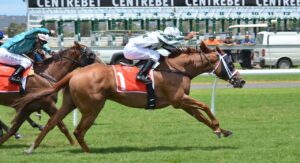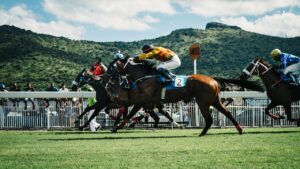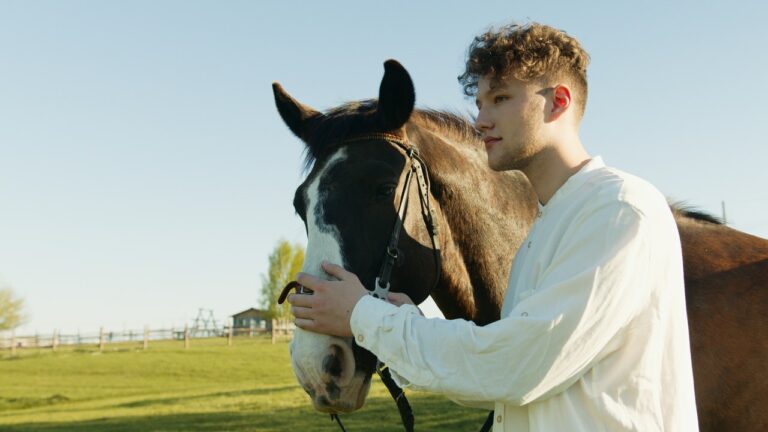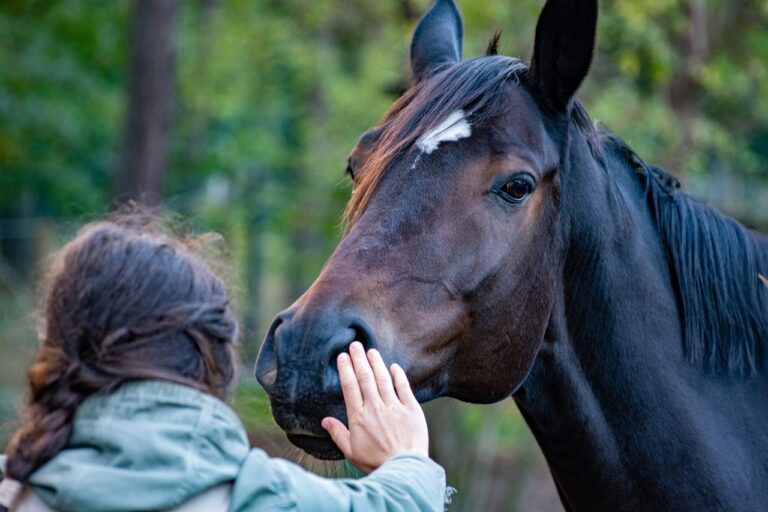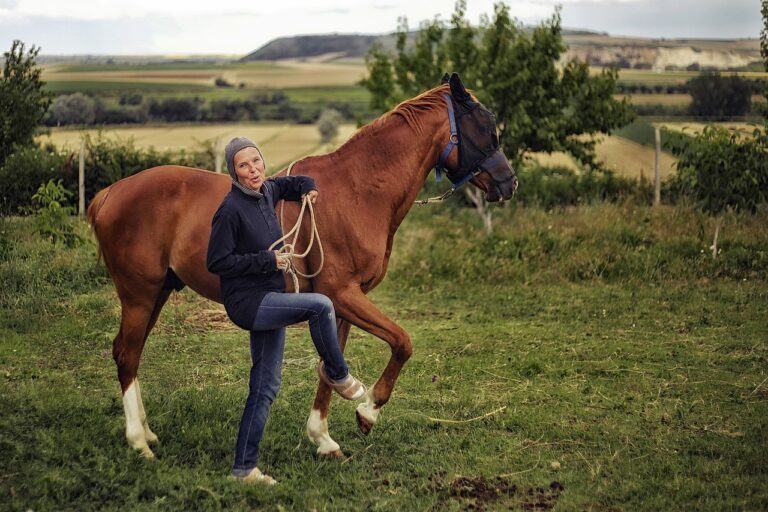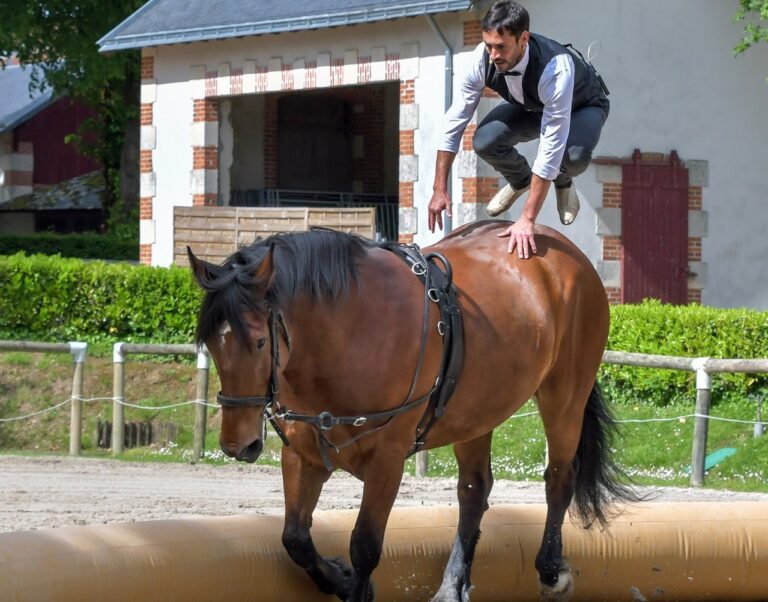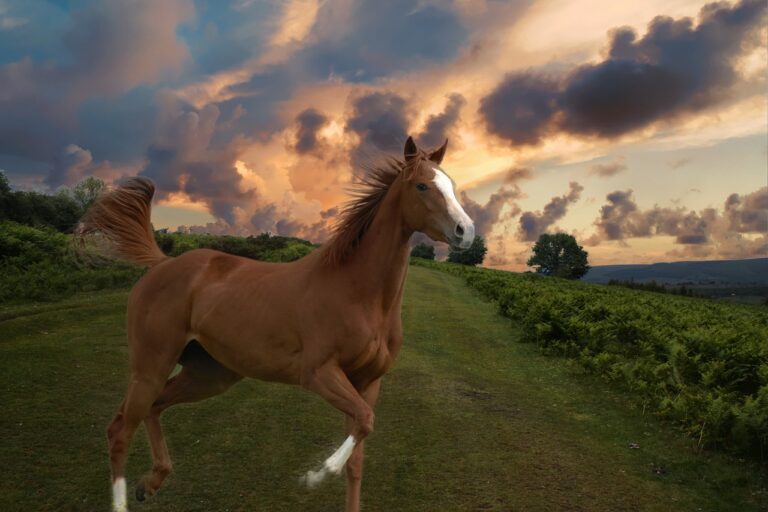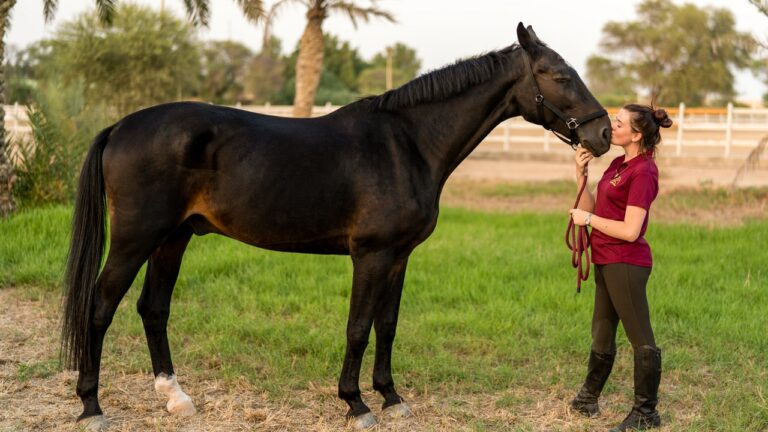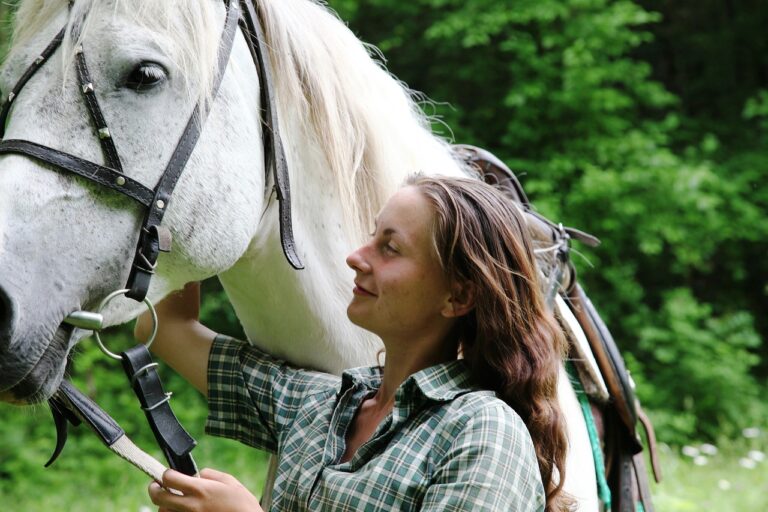Equestrian sports often confuse people because when they think of horses, it is more often than not, horse racing. Horse racing is its own world of sports, not regulated by the FEI, which regulates almost all other equestrian events. So, when met with equestrian sports, people tend to put everything in a similar category.
Show jumping is a sport of its own, with its own rules, ways of training and a scoring system which is not like the other equestrian disciplines. If you ever wondered what show jumping is, read on to find out.
Show Jumping Origins
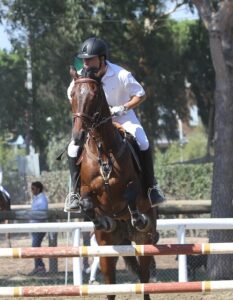
Show jumping or stadium jumping is one of the multiple English riding events (as opposed to American), and it has been an Olympic sport since 1912.
Show jumping involves riders and horses going over a series of obstacles. They can be categorized in a few different ways, hunter, jumping and hunt seat equitation. The main ones are hunter and jumping where the hunter category is much stricter and turned towards tradition while the jumper has more liberty in terms of clothing, to start with.
There are various levels of jumping competitions, the highest ones being Grand Prix and the Olympics. At those levels, the rules are often stricter and require more from the competitors.
Show Jumping Rules
This is where things can get interesting for even the experienced jumping fans. The rules vary from style and school of riding to category of jumping. Basically, in any show jumping event the goal is to go through an entire obstacle course as cleanly as possible. Obstacles can be vertical, spread, or a combination of obstacles where jumps must be performed in sequence.
The horse and rider are judged with negative points, taken when a horse has a refusal or goes off course or shows disobedience in any way, not to mention knocking down obstacles. The course is time trial so going past the limit can earn the rider more negative points.
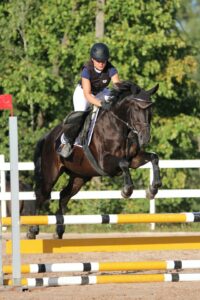
Show jumping puts an emphasis on the boldness, power, speed and accuracy of a jump. It is not so in hunter jumping.
Show hunter focuses on elegance and form, rather than sheer power and ability. Both are looked at, but show hunters have a larger focus on tradition, the way the horse behaves, rather than the athleticism which is often found in show jumping.
There are two rounds in show jumping, where the rider has to complete one in order to progress to the second. The second round is called a jump-off, where the course should be completed as fast as possible without knocking down any obstacles or the horse refusing.
Show jumping is a competitive equestrian discipline where horse and rider have to go through a series of obstacles in a time limit and earn as few negative points as possible.
